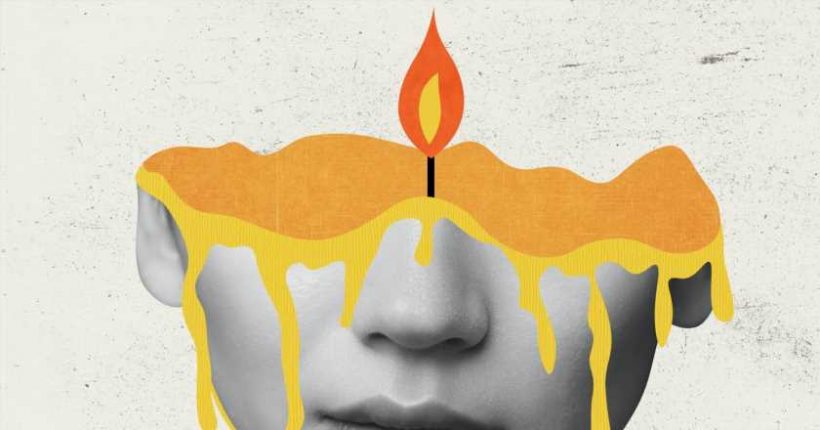Written by Amy Beecham
Clinical psychologist Amy Tran explains how the three primary burnout subtypes impact us at work.
Spring may have sprung, the evenings may be lighter and the days warmer. So why do so many of us feel so exhausted already?
It seems like a fact of modern life that we’ll all deal with burnout at some point, particularly in relation to our work.
“Burnout can be one of the most exhausting feelings,” explains clinical psychologist Amy Tran. “All the energy goes right down the drain. It starts from feeling ‘busy’ trying to catch up with the hustle culture until you feel so consumed and spent. It’s a slow burn.”
As Tran explains in an Instagram post, while burnout may feel like the same general slumped mood for everyone, it’s important to know that there are different subtypes for burnout.
Tran identifies three common “subtypes” of burnout that manifest in working environments as frenetic, under challenge and feeling trapped.
Frenetic burnout, according to Tran, is most often related to anxiety and can be categorised as total lack of work-life balance. This looks like constantly sacrificing yourself, your time and your mental health for your job, which ultimately leaves you pouring from an empty cup in other areas of your life.
The pandemic and its blurring of the space between work and home has undoubtedly contributed to this, so the solution might be seeking clearer boundaries.
For those experiencing “under challenge burnout”, it’s likely as a result of under-stimulating work. When you find what you do boring and experience minimal personal development, it often leads to a lack of personal job satisfaction, leaving you feeling trapped on a hamster wheel of monotonous days and tasks.
While participating in The Great Resignation certainly isn’t for everyone, consider ways that you could breathe more life into your working day. Could you go for a promotion, take on some new, more exciting responsibilities or even begin to change up your working routine? If feeling like you’re in a rut is causing you to burnout, it’s time to challenge where you are and what you’re doing there.
The way that many of us understand burnout is through exhaustion – being that kind of worn out that not even a 12-hour sleep could make a dent in fixing. But this, Tran says, is often the case when your work environment is a source of stress and you feel like you reap little reward for your hard graft. Feeling like you have no control and that your efforts go unacknowledged can soon trickle from low mood to full-blown burnout.
As Tran writes, “burnout can make you feel that you are the last thing on your priority list when you shouldn’t be.”
But the good news is that we can often take small daily actions to help prevent it. “If you don’t know how to start, you may begin by constant check-ins with yourself,” she advises.
Images: Getty
Source: Read Full Article






